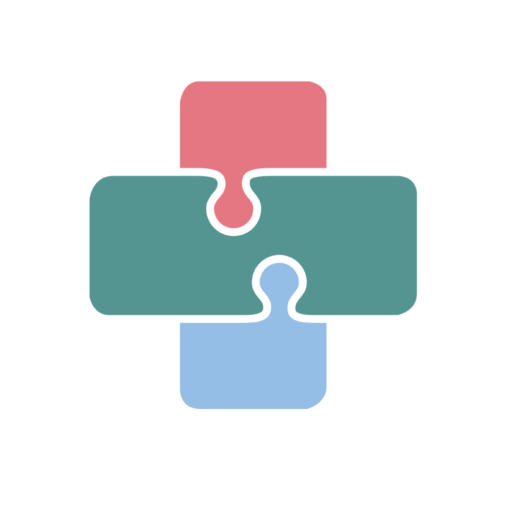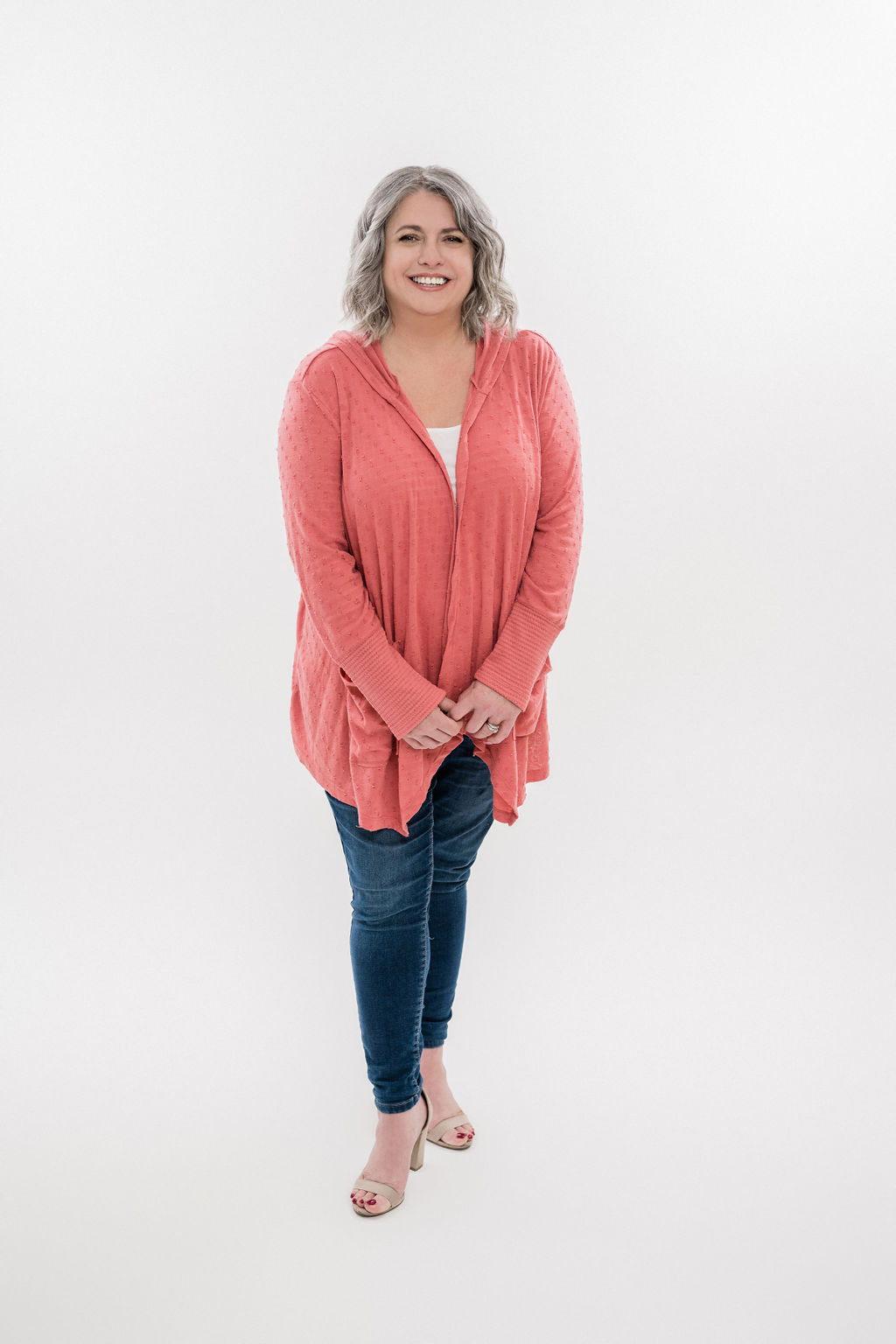What are Advance Directives?
According to Merriam-Webster’s Dictionary, an advance directive is “a legal document (such as a living will) signed by a competent person to provide guidance for medical and healthcare decisions (such as the termination of life support or organ donation) in the event the person becomes incompetent to make such decisions. “ Today I want to share the importance of creating advance directives, three typical forms used to create advance directives, and what to do if someone you care for is no longer able to create an advance directive.
Why Create an Advance Directive?
In 1996, Terri Schiavo, a 26 year old woman suffered a major heart attack in her home. By the time she was found and taken to the hospital for treatment, she had suffered severe brain damage. She was in a vegetative state and required life support. Her husband told medical professionals that Terri would not have wanted to live in a chronic vegetative state and requested life support be removed. On the other hand, her parents told medical professionals that she would want any available medical treatment provided to save her life. Because there was no way to be certain about what treatment Terri would have wanted, medical professionals had to treat Terri with all available medical treatment. What followed was a fifteen year legal battle between Terri’s husband and her parents to determine Terri’s ultimate outcome. All of this suffering could have been avoided if only Terri had prepared an advance directive. A document clearly outlining her medical treatment wishes in the event she was unable to voice them. This one document would have saved years of suffering for her husband and parents. Not to mention the suffering of friends and family who had to endure fifteen years of legal proceedings. Can we all agree that creating an advance directive is important regardless of our age or stage in life? I don’t know about you, but I certainly don’t want my family and friends to suffer the way Terri’s family did.
Advance Directive Forms:
There are three common forms used to create an advanced directive:
A Living Will is a legal document that states your specific wishes for medical treatment in the event that you can no longer voice them. It states whether you want life-sustaining treatment, what kind, and under what circumstances. It can also specifically state when you do not want life-sustaining treatment, what kind and under what circumstances. This document does not require anyone else to be involved in your medical decision-making. You can create this document and provide it to all of your doctors, nurses, and hospitals who typically treat you so they are aware of your wishes in the event you can no longer tell them. You can also carry a copy of this in your purse/wallet so it is available in emergencies. I have even known patients who have hung them on their refrigerator so that EMS would have them if called to the patients’ home for an emergency.
A Durable Medical Power of Attorney is a legal document that allows you to appoint someone else to make your medical treatment decisions in the event that you are no longer able to make them. In this document, you are able to give your appointed representative specific directions regarding your wishes but you do not have to. You can simply authorize them to make your medical decisions when you cannot do so.
Both of the above choices can be created and executed with a local attorney for a fee. Another option is to create an advance directive using the form authorized by your state. These forms typically contain prompts to include the information most important to include regarding your care. In many cases, they do not have to be notarized, simply witnessed by someone not a family member, friend, or anyone involved in your medical care. To find the form approved for your state, contact the State Attorney General’s Office. I have found many of them are available on the state website.
Unable to Complete an Advance Direcitve?
Statistics show that approximately 75% of us do not currently have an advance directive which means you are not alone if your loved one has not created one. In many cases, families and next of kin are in agreement regarding treatment for their loved ones without an advance directive. However, if you want to avoid a situation like the one faced by Terri Schiavo’s family, someone will need to petition for guardianship of your loved one. Guardianship is also governed by the state so the process and requirements will differ from one state to the next. You will want to review your state regulations and requirements. You might even want to hire an attorney to assist in the process.
In Closing:
As I reflect over the years, I cannot count the number of tissues consumed in my office as families were faced with end-of-life choices that could have been just a little easier if advance directives were made available to them before arriving in my office. Unfortunately, they had to face these difficulties and challenges with courage and bravery. My wish is that you are able to make choices today that will avoid some of the unnecessary hardships of our healthcare system.


